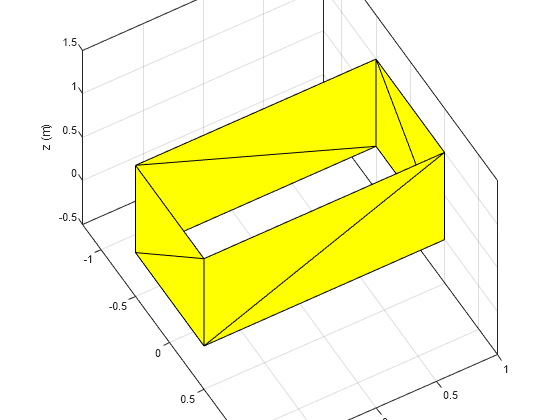extrudeLinear
Description
extrudeLinear(___,Name=Value) linearly extrudes the 2-D
shape up to the specified height with additional
options specified by one or more Name-Value Arguments.
Examples
Input Arguments
Name-Value Arguments
Version History
Introduced in R2023b
